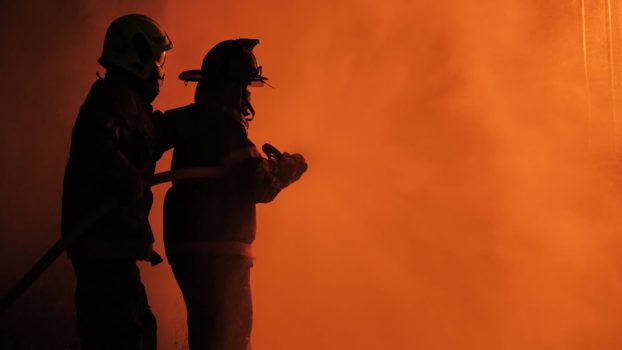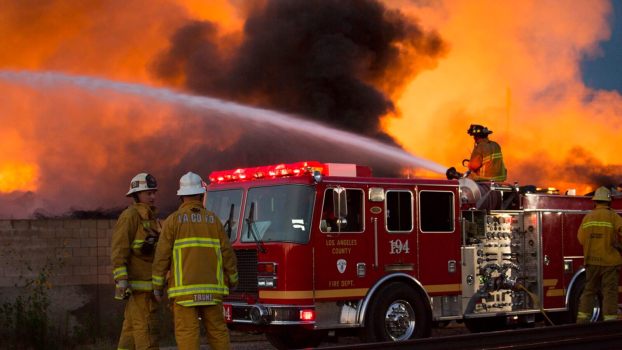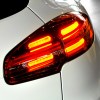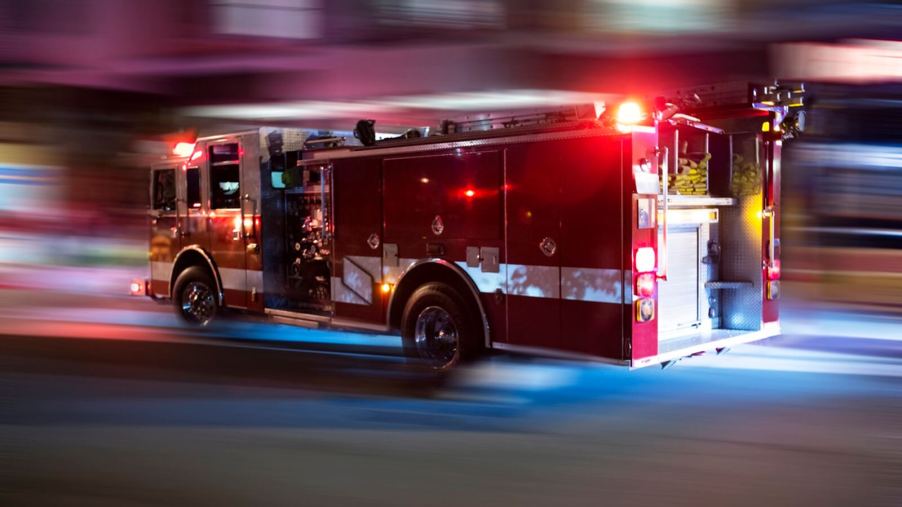
How Much Water Does a Fire Engine Hold?
Crews aboard fire engine, truck, and quint models make a point of hitting any fire call with water as soon as possible. After all, the likelihood that occupants and property will survive is multiplied by extinguishing a working fire. So, how much water do fire trucks like engines hold?
Fire engines have a limited on-board water capacity, meaning crews have to prioritize finding a water supply for most fires
Depending on their age, size, and manufacturer, fire engines typically hold between 500 and 1,500 gallons of water. While that might seem like a massive quantity of life-saving water, it goes quickly. Using a 2.5-inch hose line at high pressure without a supply of water from a hydrant will exhaust your fire engine’s water capacity in minutes.
Of course, fire engines operate different types of lines for various tasks. For instance, my last fire engine assignment had a bumper line with a much lower threshold for flowing water. As such, we could use the bumper line to fight small tasks like garbage fires, some crash situations, and small brush fires. However, thanks to the lesser quantity of water at a lower rate, a firefighter can operate a bumper line for much longer than they would a larger line like a 2.5-inch attack line flowing over 300 gallons per minute.
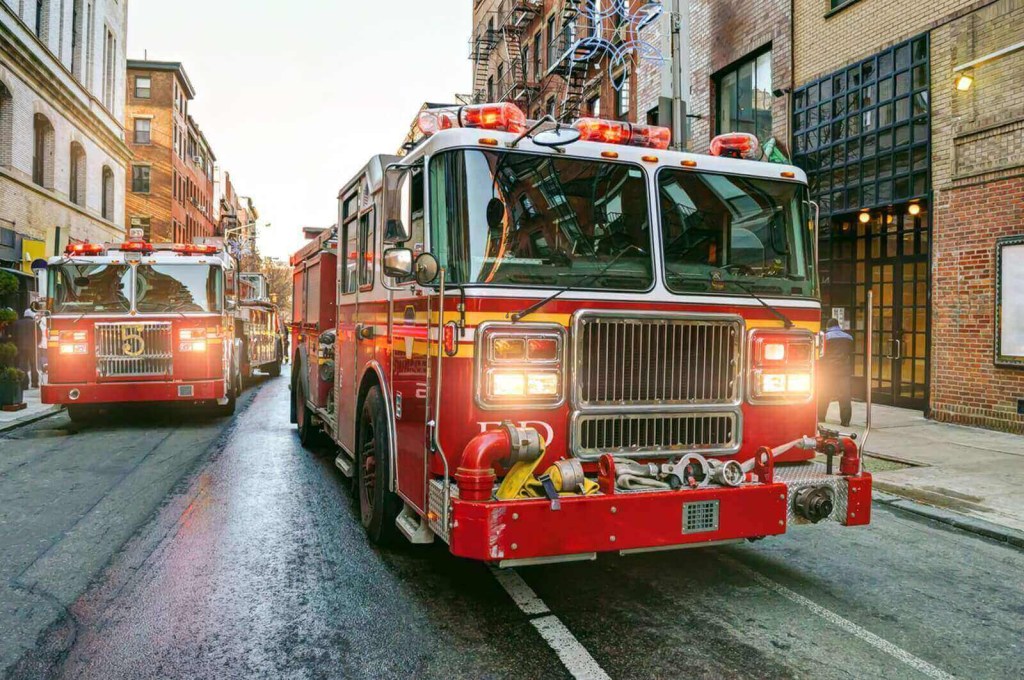
However, fire engines aren’t trucks that hold water for emergency firefighting purposes. Other types of fire apparatus, like a quint, will also hold a limited water capacity. For instance, the National Fire Protection Association’s regulation 1901 (NFPA 1901) dictates that a quint fire apparatus have a 300-gallon tank, a 1,000-gpm pump, an aerial device with a water source, and specific firefighting equipment.
However, crews responding to working residential or commercial fires will prioritize finding a water supply. Specifically, the second due crew will often radio up as they arrive, freeing up the first due to focus on fire suppression. Further, the water supply crew will “catch the hydrant,” which, when performed properly, allows the five-inch supply line to come out of the fire engine with little difficulty.
